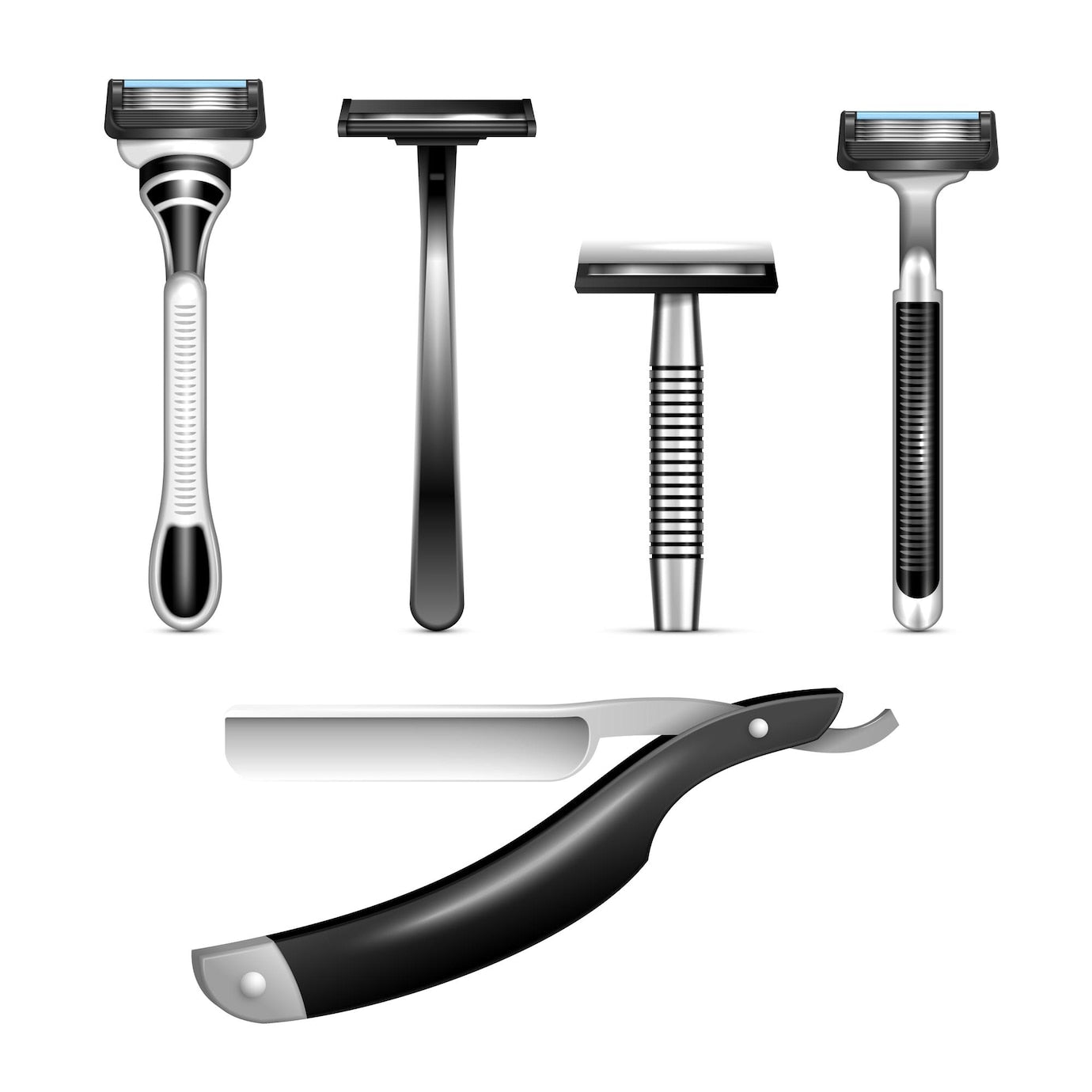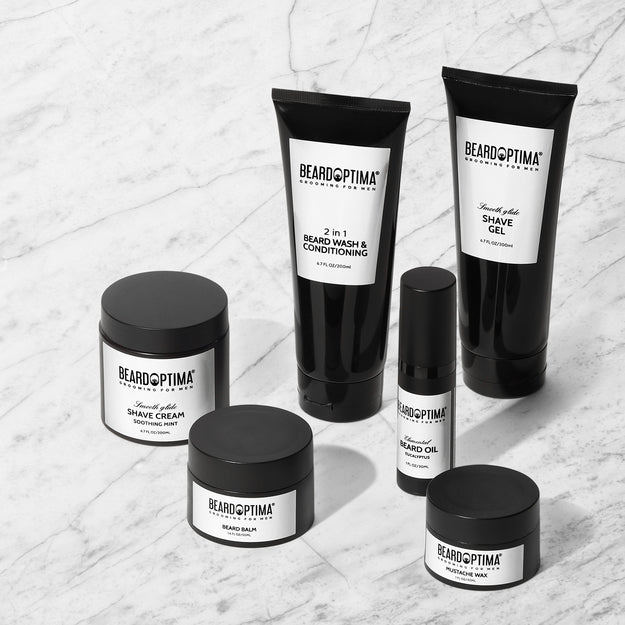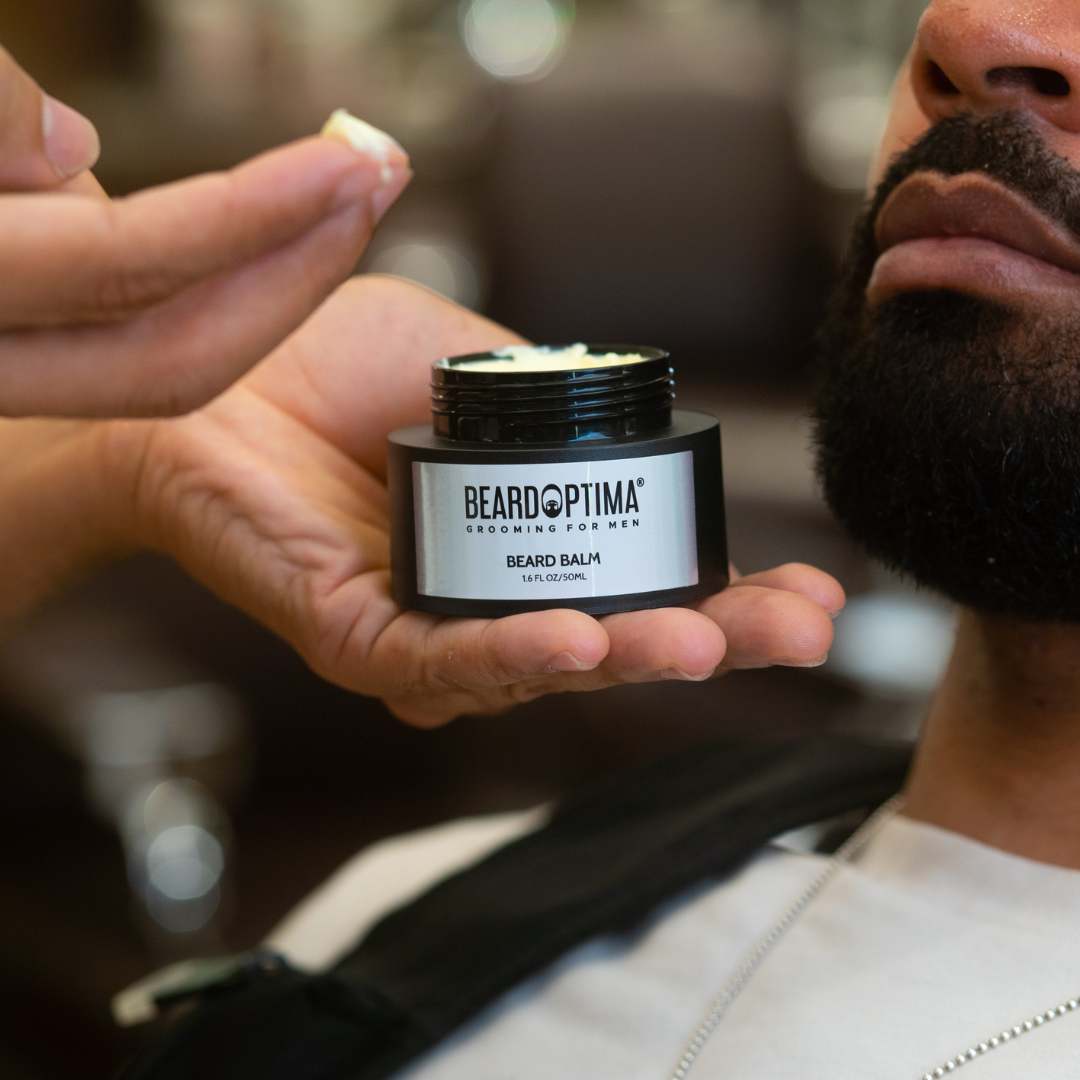
STRAIGHT RAZOR VS SAFETY RAZOR
Both straight razors and safety razors are popular options for traditional wet shaving, and they each have their own distinct characteristics. Let's compare the two:
Straight Razor:
- Blade Type: A straight razor, also known as a cutthroat razor or open razor, features a long, folding blade that is typically made of high-quality carbon steel or stainless steel.
- Shaving Technique: Using a straight razor requires skill and practice due to the exposed blade. It involves using careful strokes and maintaining the correct angle against the skin for a close shave.
- Customization: Straight razors offer the ability to customize the shaving experience. Enthusiasts can choose from various blade sizes, grinds, and finishes, allowing for a personalized and tailored shaving experience.
- Longevity: With proper maintenance, a well-maintained straight razor can last a lifetime. However, it requires regular honing and occasional sharpening, which may involve additional maintenance steps compared to other razor types.
Safety Razor:
- Blade Type: A safety razor is a double-edged razor that features a protective guard between the blade and the skin. The blade is replaceable and comes in the form of disposable razor blades.
- Shaving Technique: Safety razors are generally considered easier to use than straight razors. The protective guard helps reduce the risk of cuts and allows for a more forgiving shaving technique.
- Cost-effectiveness: Safety razors are cost-effective in the long run. While the initial purchase cost may be higher than disposable razors, the replaceable blades are usually more affordable, resulting in savings over time.
- Accessibility: Safety razors are widely available and come in a range of styles, designs, and handle materials. They can be found in many stores and online retailers, making them easily accessible to users.
Choosing between a straight razor and a safety razor often comes down to personal preference, skill level, and desired shaving experience. Here are some considerations:
- Experience: Straight razors require more skill and experience to use effectively. If you're new to traditional wet shaving, a safety razor may be a better starting point due to its ease of use.
- Customization: If you enjoy the art and craftsmanship of shaving and want a customizable experience, a straight razor offers more options in terms of blade choices and personalization.
- Maintenance: Straight razors require more maintenance, including honing and sharpening, whereas safety razors only require blade replacement.
- Cost: Safety razors are generally more cost-effective in the long run, as replaceable blades are cheaper than the frequent purchase of disposable razors.
In the end, both straight razors and safety razors can provide a close and enjoyable shaving experience. Consider your skill level, preferences, and willingness to invest time and effort into maintenance when deciding which one is best suited for you.





